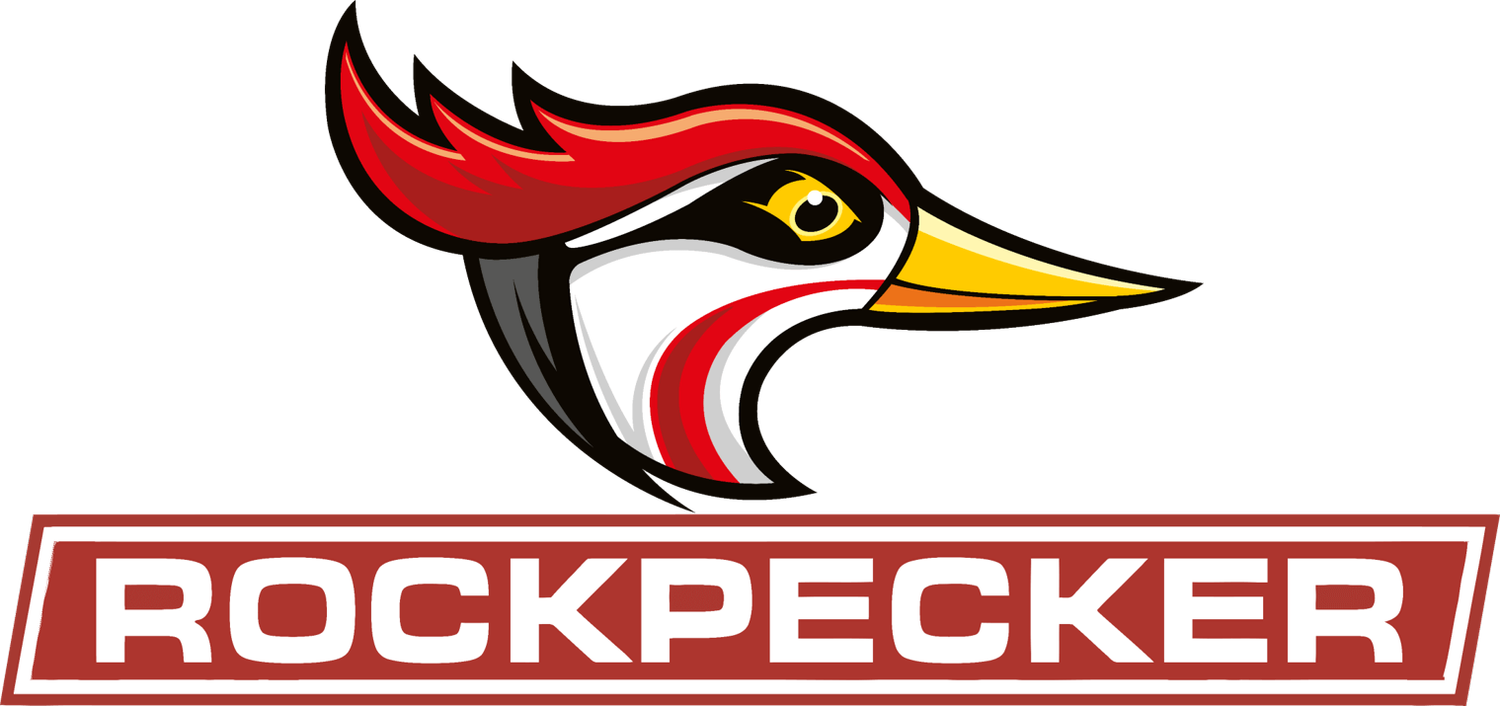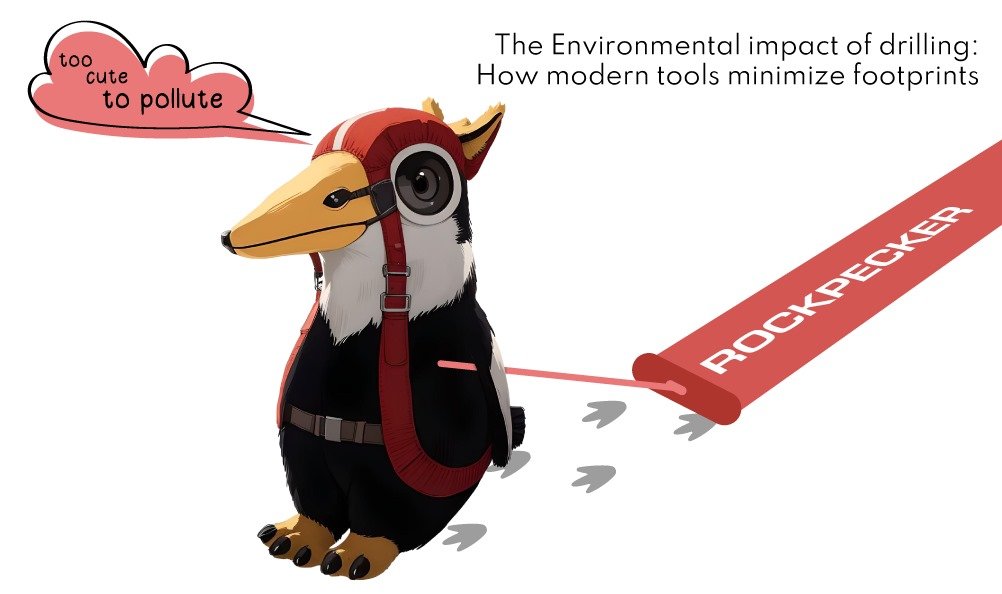Different Types of Steel Body PDC Bits
/Introduction
Polycrystalline Diamond Compact (PDC) bits are among the most advanced drilling tools used across industries such as oil & gas, mining, HDD, geothermal, and water well drilling. Among PDC bits, Steel Body PDC Bits are known for their durability, repairability, and performance in various formations.
We all are well aware of different types of PDC Bits but do we all really understand all the different types of Steel Body PDC Bit. This article explores different types of steel body PDC bits, analysing their design, characteristics, features, applications, and ideal formation compatibility.
Understanding Steel Body PDC Bits
Steel Body Polycrystalline Diamond Compact (PDC) Bits are widely used in drilling due to their high strength, wear resistance, and ability to drill through various formations efficiently. Unlike matrix body bits, steel body PDC bits offer enhanced ductility, allowing for modifications in field conditions.
These bits are classified based on fluid circulation mechanisms, coring vs. non-coring functions, and cutting structure configurations.
Figure 1: Understanding Steel Body PDC Bits (Cover Picture)
Figure 2: Understanding Steel Body PDC Bits
Key Takeaways:
- Coring Bits are designed for sample collection, while Non-Coring Bits focus on continuous drilling without collecting rock cores.
- Max Flush & Center Flush Bits enhance fluid management, making them ideal for abrasive and directional drilling applications.
- Reverse Circulation Bits offer cleaner sample recovery, making them perfect for mineral exploration.
1. Non-Coring PDC Bits
Definition: A type of PDC bit designed to completely destroy and remove the rock formation without retrieving a core sample.
Purpose: Used for fast penetration in drilling applications where sample extraction is not required.
Design & Characteristics:
- Fixed cutter design with a solid face for full-hole drilling.
- Cutting structure includes PDC cutters arranged in a spiral or radial pattern.
- Available in 3 to 8-blade configurations.
Features:
- High Rate of Penetration (ROP) in soft to medium-hard formations.
- Durable steel body for multiple re-runs and easy refurbishment.
- Effective hydraulic design for efficient cuttings removal.
2. Coring PDC Bits
Definition: A specialized bit with a hollow center that allows for rock core extraction while drilling.
Purpose: Helps in geological studies and exploration by preserving an intact cylindrical sample from the formation.
Design & Characteristics:
- Designed to extract core samples from the formation.
- Features a hollow center to allow cut rock to pass into the core barrel.
- Available in various sizes depending on core barrel compatibility.
Features:
- Efficient cutting structure for minimal rock disturbance.
- High-quality core recovery for geological analysis.
- Can be customized for soft to ultra-hard formations.
3. Max Flush PDC Bits
Definition: A high-performance bit designed with optimized nozzle placement to provide maximum flushing and cooling.
Purpose: Reduces bit balling and improves cutter efficiency in high-temperature and abrasive drilling environments.
Design & Characteristics:
- Specially engineered for high-flow fluid circulation.
- Optimized hydraulics to prevent bit balling and clogging.
- Features multiple large nozzles for enhanced flushing.
Features:
- Ideal for high-fluid volume environments.
- Reduces bit balling and ensures smooth drilling.
- Prevents cuttings accumulation in sticky formations.
4. Center Flush PDC Bits
Definition: A PDC bit with a centralized fluid exit system, directing drilling fluids straight through the center of the bit.
Purpose: Ensures better cooling, cuttings removal, and prevents clogging in the bit face.
Design & Characteristics:
- Flushing port located at the center of the bit.
- Ensures direct cooling and cleaning at the bit face.
- Suitable for high-pressure drilling where fluid management is critical.
Features:
- Prevents cutter overheating.
- Efficiently removes cuttings in high-pressure conditions.
- Reduces nozzle erosion, increasing bit life.
5. Reverse Circulation PDC Bits (RC Bits)
Definition: A PDC bit designed to use reverse fluid flow to carry drill cuttings back up through the drill pipe instead of through the annulus.
Purpose: Enhances sample purity and minimizes contamination, which is critical in mineral exploration.
Design & Characteristics:
- Uses reverse circulation drilling method, where fluid flows up through the drill pipe instead of the annulus.
- Internal passages direct cuttings straight to the surface.
- Designed with central fluid return channels.
Features:
- Enhanced sample recovery with minimal contamination.
- Reduces fluid loss in fractured formations.
- Efficient in deep and exploratory drilling.
Comparison Table of Steel Body PDC Bits
Figure 4:Comparison Table of Steel Body PDC Bits
Conclusion
Steel Body PDC Bits are essential across industries, offering versatility and efficiency in different formations. Whether drilling for oil & gas, minerals, water wells, or geothermal energy, selecting the right bit type can significantly impact performance.




































































































